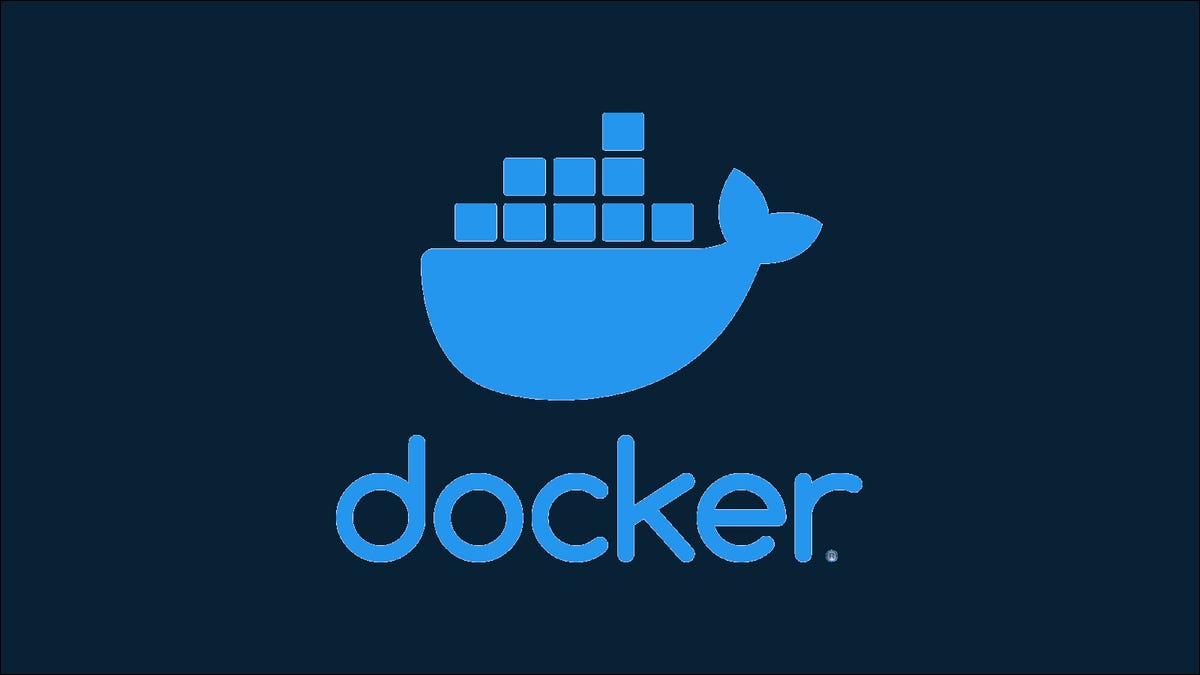Docker Para Docker Demonio Enlazar A Localhost
Syntax
- May 03, 2019 The Docker Engine can also be configured by modifying the Docker service with sc config. Using this method, Docker Engine flags are set directly on the Docker service. Run the following command in a command prompt (cmd.exe not PowerShell): cmd. Sc config docker binpath= ' 'C: Program Files docker dockerd.exe ' -run-service -H tcp://0.0.0.0:2375'.
- Comandos Basicos. Descargar imagen en docker. Para ejecutar he iniciar un contenedor. En el caso de que una imagen no exista, docker la descargara y la ejecutara. $ docker run alpine echo hello $ docker images - debera mostrar las dos imagenes $ docker ps -a - mostrara los contenedores detenidos.
Docker only supports Docker Desktop on Windows for those versions of Windows 10 that are still within Microsoft’s servicing timeline. What’s included in the installer The Docker Desktop installation includes Docker Engine, Docker CLI client, Docker Compose, Docker Content Trust, Kubernetes, and Credential Helper.
- docker stats [OPTIONS] [CONTAINER...]
- docker logs [OPTIONS] CONTAINER
- docker top [OPTIONS] CONTAINER [ps OPTIONS]
Entering in a running container
To execute operations in a container, use the docker exec command. Sometimes this is called 'entering the container' as all commands are executed inside the container.
or
And now you have a shell in your running container. For example, list files in a directory and then leave the container:
You can use the -u flag to enter the container with a specific user, e.g. uid=1013, gid=1023.
Docker On Localhost
The uid and gid does not have to exist in the container but the command can result in errors.If you want to launch a container and immediately enter inside in order to check something, you can do
docker run...; docker exec -it $(docker ps -lq) bash
the command docker ps -lq outputs only the id of the last (the l in -lq) container started. (this supposes you have bash as interpreter available in your container, you may have sh or zsh or any other)
Monitoring resource usage
Inspecting system resource usage is an efficient way to find misbehaving applications. This example is an equivalent of the traditional top command for containers:
To follow the stats of specific containers, list them on the command line:
Docker stats displays the following information:
By default docker stats displays the id of the containers, and this is not very helpful, if your prefer to display the names of the container, just do
docker stats $(docker ps --format '{{.Names}}')
Monitoring processes in a container
Inspecting system resource usage is an efficient way to narrow down a problem on a live running application. This example is an equivalent of the traditional ps command for containers.

To filter of format the output, add ps options on the command line:
Docker Para Docker Demonio Enlazar A Localhost De
Or, to get the list of processes running as root, which is a potentially harmful practice:
The docker top command proves especially useful when troubleshooting minimalistic containers without a shell or the ps command.
Attach to a running container
'Attaching to a container' is the act of starting a terminal session within the context that the container (and any programs therein) is running. This is primarily used for debugging purposes, but may also be needed if specific data needs to be passed to programs running within the container.
The attach command is utilized to do this. It has this syntax:
<container> can be either the container id or the container name. For instance:
Or:
You may need to sudo the above commands, depending on your user and how docker is set up.
Note: Attach only allows a single shell session to be attached to a container at a time.
Warning: all keyboard input will be forwarded to the container. Hitting Ctrl-c will kill your container.
To detach from an attached container, successively hit Ctrl-p then Ctrl-q
To attach multiple shell sessions to a container, or simply as an alternative, you can use exec. Using the container id:
Using the container's name:
exec will run a program within a container, in this case /bin/bash (a shell, presumably one the container has). -i indicates an interactive session, while -t allocates a pseudo-TTY.

Note: Unlike attach, hitting Ctrl-c will only terminate the exec'd command when running interactively.
Printing the logs
Following the logs is the less intrusive way to debug a live running application. This example reproduces the behavior of the traditional tail -f some-application.log on container 7786807d8084.
This command basically shows the standard output of the container process (the process with pid 1).
If your logs do not natively include timestamping, you may add the --timestamps flag.
It is possible to look at the logs of a stopped container, either
start the failing container with
docker run ... ; docker logs $(docker ps -lq)find the container id or name with
docker ps -a
and then
docker logs container-id or
docker logs containername
as it is possible to look at the logs of a stopped container
Docker container process debugging
Docker is just a fancy way to run a process, not a virtual machine. Therefore, debugging a process 'in a container' is also possible 'on the host' by simply examining the running container process as a user with the appropriate permissions to inspect those processes on the host (e.g. root). For example, it's possible to list every 'container process' on the host by running a simple ps as root:
Any currently running Docker containers will be listed in the output.
This can be useful during application development for debugging a process running in a container. As a user with appropriate permissions, typical debugging utilities can be used on the container process, such as strace, ltrace, gdb, etc.